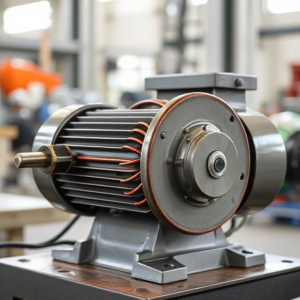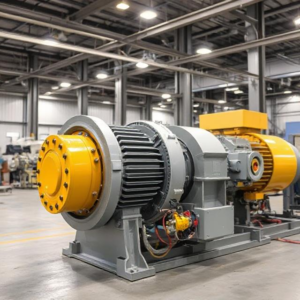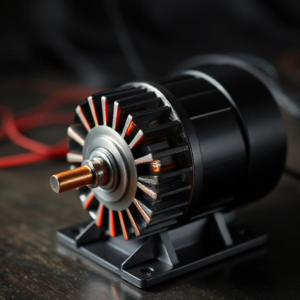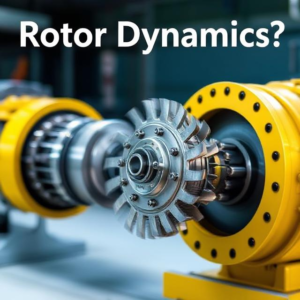An induction motor is a type of electric motor commonly used in appliances like fans, pumps, and industrial machines. It works by inducing (creating) a magnetic field that makes the motor’s rotor spin. An induction motor works by using a rotating magnetic field to induce current in the rotor, causing it to spin and do useful work.
Here’s a simple explanation of how it works:
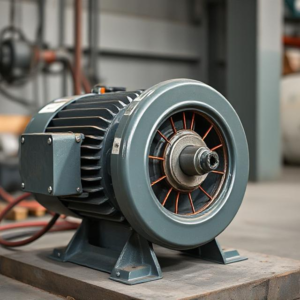
Key Parts of an Induction Motor:
- Stator: The stator is the stationary part of the motor. It consists of coils (wires) connected to the power supply. When electricity flows through these coils, they generate a rotating magnetic field.
- Rotor: The rotor is the rotating part of the motor. It’s located inside the stator and is not connected to any power supply. It’s usually made of a series of metal bars or a solid metal core.
- Air Gap: There is a small gap between the rotor and stator. The rotor doesn’t touch the stator directly but rotates inside this gap.
How Does an Induction Motor Work?
- Electricity Creates a Rotating Magnetic Field: When the motor is connected to an AC (Alternating Current) power source, electric current flows through the stator coils. This current creates a magnetic field around the stator, which rotates around the rotor.
- Induced Magnetic Field in the Rotor: The rotating magnetic field from the stator “cuts” through the rotor. Because the rotor is made of conductive material (like copper or aluminum), this changing magnetic field induces (creates) an electric current in the rotor. This is why it’s called an induction motor — the rotor doesn’t need a direct electrical connection to the power supply. The current in the rotor is induced by the stator’s rotating magnetic field.
- Rotor Starts to Move: The electric current flowing through the rotor generates its own magnetic field. This new magnetic field in the rotor interacts with the rotating magnetic field of the stator. As a result, a force is created that causes the rotor to turn. This is the principle of electromagnetic induction — where a changing magnetic field induces a current, which then creates motion.
- Slight “Slip” Between Stator and Rotor: The rotor never reaches the same speed as the rotating magnetic field of the stator. There is always a small difference in speed, called “slip.” This is important because the induction motor needs the slip to keep inducing current in the rotor and generating torque (turning force). Without slip, the rotor would stop moving because no current would be induced.
Why is it Called an Induction Motor?
It’s called an induction motor because the rotor doesn’t receive power directly like in a DC motor. Instead, the power is induced into the rotor through the magnetic field created by the stator.
Summary:
- Electricity flows through the stator coils, creating a rotating magnetic field.
- This rotating magnetic field induces a current in the rotor.
- The induced current creates a magnetic field in the rotor, which interacts with the stator’s magnetic field.
- This interaction generates a force that makes the rotor spin.
- There’s always a small difference in speed (slip) between the stator’s rotating field and the rotor, which keeps the motor running.
Example:
Imagine an electric fan. The fan has an induction motor inside it. When you turn on the fan, electricity flows through the motor’s stator coils, creating a rotating magnetic field. This field induces a current in the rotor, causing it to spin. As the rotor turns, it drives the fan blades, making them spin and creating airflow.
Why Are Induction Motors So Popular?
- Simple Design: Induction motors don’t need brushes, commutators, or direct electrical connections to the rotor. This makes them very reliable and low maintenance.
- Efficiency: They are efficient for many types of machinery and appliances.
- Cost-Effective: Because of their simple design, they are generally less expensive to manufacture and maintain.

